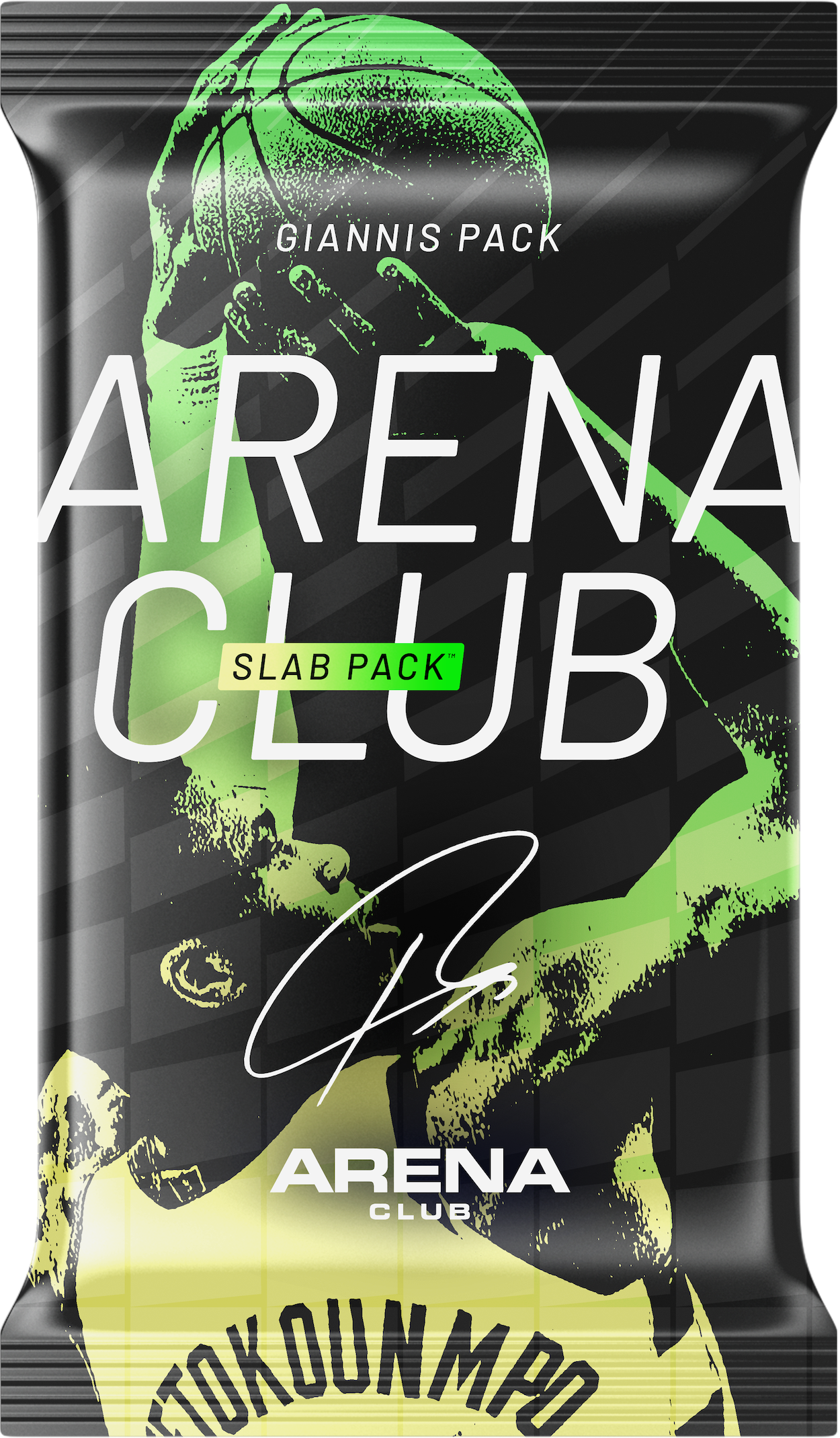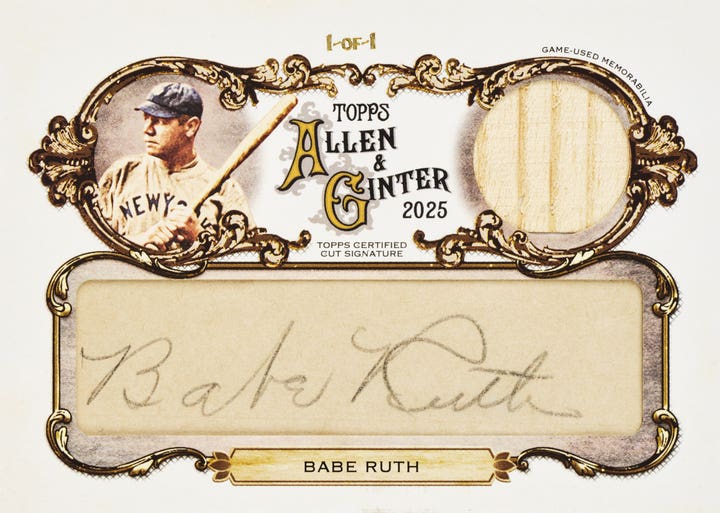Willie Mays
Placement of cards on food packaging plays a role in the card conditions
By Dr. Phil Garrou
There is a phenomenon seen especially in food issues that as gone “under the radar” when it comes to ascertaining rarity and value. The issue is cards that are too big for the boxes that they are printed on. This usually results in cards that are partially printed on the fold line of the boxes and/or cards printed so close to the corners of the boxes that dinged corners were/are inevitable.
I will try to explain this and give examples from 1960–1980 where this certainly affects the population of graded cards/panels such as 1960s Bazookas, 1970s Hostess, 1980s Drakes and Kraft. The ultimate result is that such cards, although perfect in all other aspects, struggle to obtain a PSA 4 grade.
Bazooka panels (1960-1971)
Cards were printed on Bazooka bubble gum boxes in 1959 (single cards), 1960–1968 and 1971. I have found that some of the Bazooka years, especially 1966-67, suffer from the right side card in the panel overlapping the fold in the box flap. This can be seen in the 1966 Willie Mays box (shown) where the fold crease goes right through the right side of the Jim Kaat card. This panel would be worth a lot more if not for this flaw.
A comparison of the population reports for Bazooka panels in 1966-67 vs. 1964-65 is shown in the table. Twenty five percent fewer panels were graded for 1966-1967 when compared to 1964-65. I guess collectors didn’t want to waste money grading a panel with a fold mark. Results show 1964-65 had 63 percent PSA 7-10 grades, whereas 1966-67 had 38 percent PSA 7-10. Certainly statistically significant differences.
Hostess (1975–1979)
Hostess printed three card panels on several different products from 1975 through 1979. There were 50 panels per year, plus variations. Looking specifically at the 1975 set, there have been more than 1,000 of the 1,975 panels graded by PSA. In 1975 the problem was the panels printed on HoHo boxes (see above). The boxes were not quite big enough to fit the cards (or the cards were too big for the boxes). You can see on the rare Gibson and Simmons panels that the lower dotted line is printed below the bottom crease.
A look at the PSA population report compares the Ryan panel which is notorious for having leaked out in quantity (25 years ago these were for sale unfolded on eBay) vs the ultra rare Hooten and Rader panels which were corrected for spelling errors (Hooten, Radar). It is safe to assume that the one to two high graded cards from the HoHo boxes were cut from unfolded boxes that were absconded from the plant by a collector.
1986-1988 Drakes Cakes
From 1981 through 1985 Drakes issued individual cards manufactured for them by Topps and inserted them into their “family pack” boxes. These cards were also offered through a mail in offer. However, from 1986 through 1988 the cards were printed on the boxes in similar fashion to the food issues of the 1960s–1980s. There were two, three and four card panels with 37 cards on 14 panels in 1986 and 33 cards on 12 panels in 1987 and 1988.
In 1986 and 1987 the problem was the small Ring Ding box. For example, in 1987 the Dwight Gooden/Jack Morris and Darryl Strawberry/Wally Joyner panels just didn’t fit. The fold line (to the left of the tan/white border) was on the right hand border of the Morris card as shown. There are no known problems for the 1988 cards.
Drakes cards that were too big for their boxes are shown in the table compared to the popular 1986 Nolan Ryan panel. Again, high grade cards must have come from unfolded boxes taken from the plant.
1987 Kraft
In 1987 Kraft decided to put a 48-card set (24 panels of two) on their popular Mac and Cheese brand. Actually there were five different player combinations for each of the 48 players or a total of 240 different panels for this underrated set. That’s a lot of Mac and cheese…and no mail-in offer was available.
The problem was not in any specific cards, but rather inherent to all of them. The complete Joyner/Davis box is shown below. Once again, all the cards needed to be ½-inch smaller to fit on the boxes and be removable in gradable condition. That upper left corner was just too prone to dings and bends. Once again many of them did get out of the factory unfolded, and that’s where the high grade examples came from. Some can still be purchased on eBay.
In conclusion, while the designers who laid out the graphics for many food issued card sets over the past decades may have liked the “tight design,” that literally made it impossible to cut the cards from the packaging in a NM-Mt state. As a collector of such “food issues” this makes my job even more difficult. If only they had made the cards a little smaller or the boxes a little larger.








